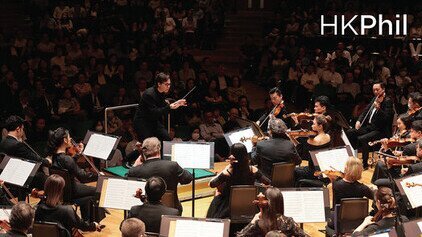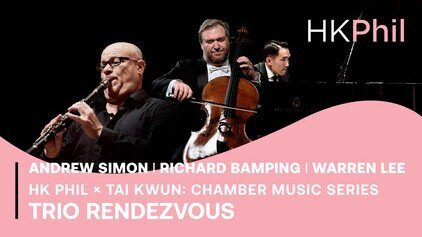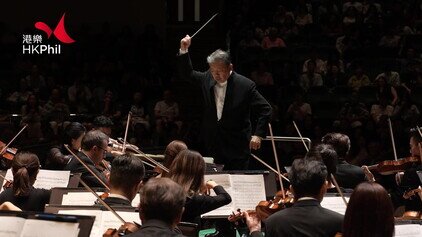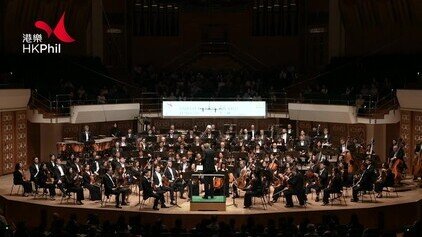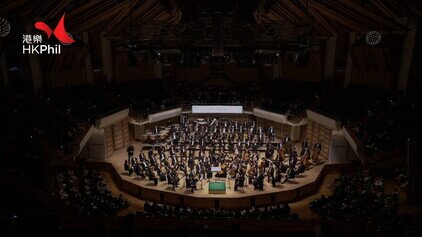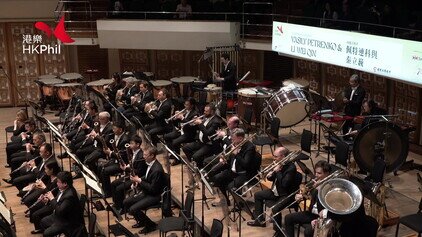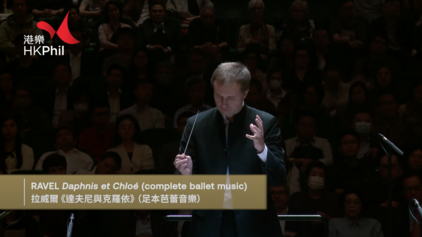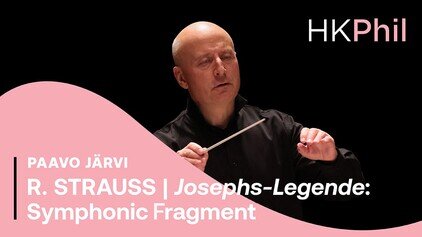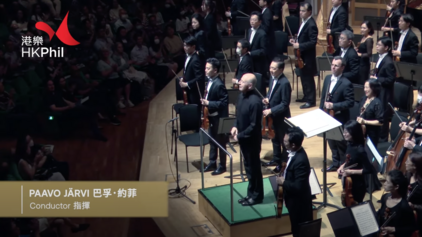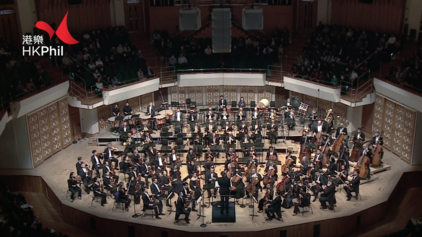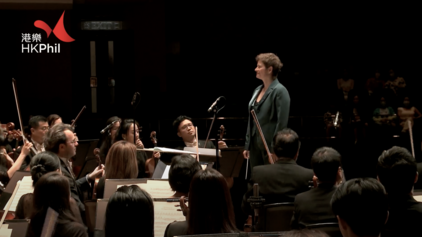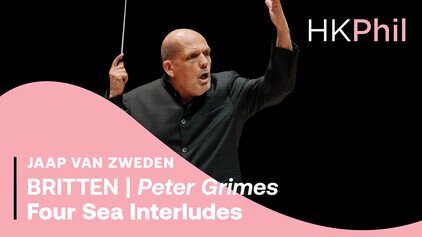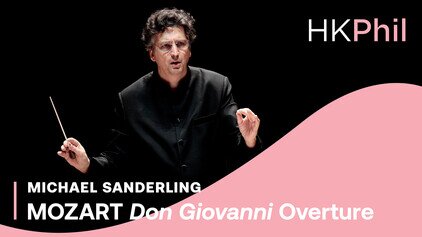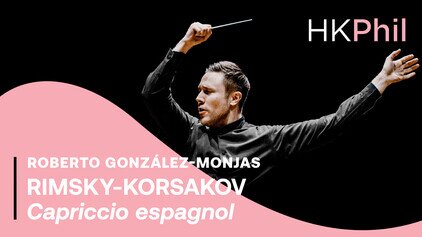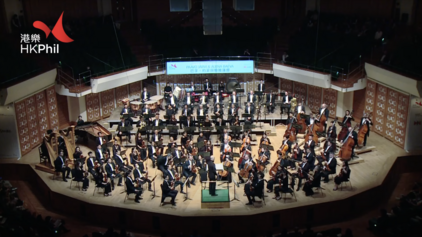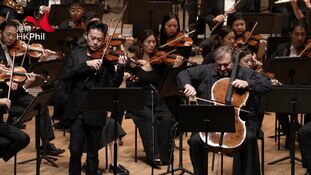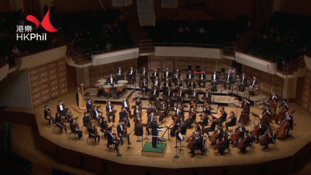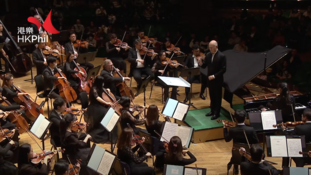BEETHOVEN | Symphony no. 9
Up Next
PROGRAMME
LUDWIG VAN BEETHOVEN (1770–1827)
Symphony no. 9 in D minor, op. 125
- Allegro ma non troppo, un poco maestoso
- Molto vivace
- Adagio molto e cantabile
- Presto – Allegro assai – Allegro assai vivace
THE COMPOSER
Unlike Mozart, Beethoven labored long and hard on some of his masterpieces, changing things over and over again in his pursuit of perfection. But then he knew that the complex, widely embracing vision he had to express demanded that he expand and enrich music’s expressive capabilities as never before. This partly reflects the epochal changes going on in his lifetime. When he was born, the democratic revolutions in America and France were still to come, and many composers were still uniformed servants. By the time he died, the revolutionary hero Napoleon had been defeated and something like the old order had been re-imposed across Europe. But the possibility of a more democratic world had been glimpsed, and a spark had been kindled that was not to be extinguished. Beethoven was one of those who looked forward most eagerly to a freer, more equal world. Such hopes were seriously challenged after the French Revolutionary regime was finally destroyed in 1815. At the same time Beethoven’s increasing deafness forced him increasingly into spiritual isolation, and many of his later works express his search for strength and hope within, rather than in the external world. The Ninth Symphony however is a magnificent exception.
THE BACKGROUND
Beethoven first noted down his plans for the Ninth Symphony in 1811, while he was seeking much-needed rest and recuperation at the spa town of Teplitz (now Teplice in the Czech Republic), but the score wasn’t finished until 1823, twelve years later. For several years Beethoven put it to one side, but ideas were evidently still germinating at the back of his mind. It was some considerable time before he arrived at his final plan for the colossal last movement: at first he considered writing a tragic movement in the minor key for orchestra alone (the theme for this ended up as the finale theme for his String Quartet in A minor, op. 132). At other times Beethoven seriously contemplated a choral finale on a traditional religious text. Then his plans coalesced with a much older project: a setting of the poet, dramatist and philosopher Friedrich Schiller’s Ode an die Freude (Ode to Joy). At the same time, the famous “Ode to Joy” theme, which sets the finale’s expanded theme-and-variations argument in motion, is clearly a reworking of – and considerable improvement on – a tune heard in the last section of the bizarre but very likeable Fantasia in C minor, op. 80, for solo piano, chorus and orchestra, composed in 1808. It seems that Beethoven’s unconscious mind had been preparing him for this colossal project before he was even aware of it.
THE MUSIC
On one level the “Ode an die Freude” does have a strongly religious element – “Do you sense your creator, world? Seek him up above the starry vault.” But this is balanced by an unmistakably worldly, democratic message: “All men shall be brothers.” What is astonishing about the Ninth Symphony is the way that the first three purely orchestral movements prepare the way for this concluding vision by created an epic narrative in sound. From the nebulous, hushed beginning to the spine tingling final orchestral unison the gripping first movement has a momentum like a great Ancient Greek tragedy, propelled forward as though by the elemental machinery of fate. There is aspiration here, but also darkness, pathos, even terror.
After this the scherzo second movement has the impetus of a cosmic dance; but in the central trio section one might hear the orchestral instruments straining for a more vocal kind of expression. In particular the trombone writing (the first appearance of these instruments in the symphony) has an almost choral quality – the “Ode to Joy” is glimpsed, if only as a possibility. The Adagio then unfolds in a beautiful series of variations on the song-like opening theme, later interrupted twice by full-orchestral fanfares, enhanced by martial trumpets and drums.
After the Adagio’s serene conclusion, the finale’s dissonant Presto opening comes as a shock. Cellos and basses now aspire even closer to vocal expression in a series of instrumental recitatives, conjuring up memories of the themes of the first three movements, but dismissing each in turn. Then cellos and basses begin a singing melody in D major: this is the famous “Ode to Joy” theme. It grows and enriches, until the violent Presto music breaks in again, to be followed, as before, by recitatives – but not from the orchestra, rather from a solo baritone voice: “O friends, no more of these sounds!” This completes a masterly transition from semi-articulate instrumental expression to the direct utterance of the sung word. Now the finale unfolds in a huge setting of Schiller’s verses, lovingly dwelling on key images. Finally, after an ecstatic solo section for the full vocal quartet, the chorus and orchestra join in a magnificent accelerating coda. The concluding Prestissimo is left to the orchestra alone, but the message is unmistakable. Joy and freedom, will triumph, one day. Until then, let hope sustain us.
Programme notes by Stephen Johnson
Artist
SUPPORT THE HK PHIL'S ONLINE PROGRAMMES
The Ambassador Fund allows the orchestra to produce various online programmes, keeping our connection with the communities. The HK Phil has released over 80 online programmes and garnered over 1.5 million views since the pandemic. Your donation supports production costs incurred and helps us share music!
All Performances
Other videos in this series













